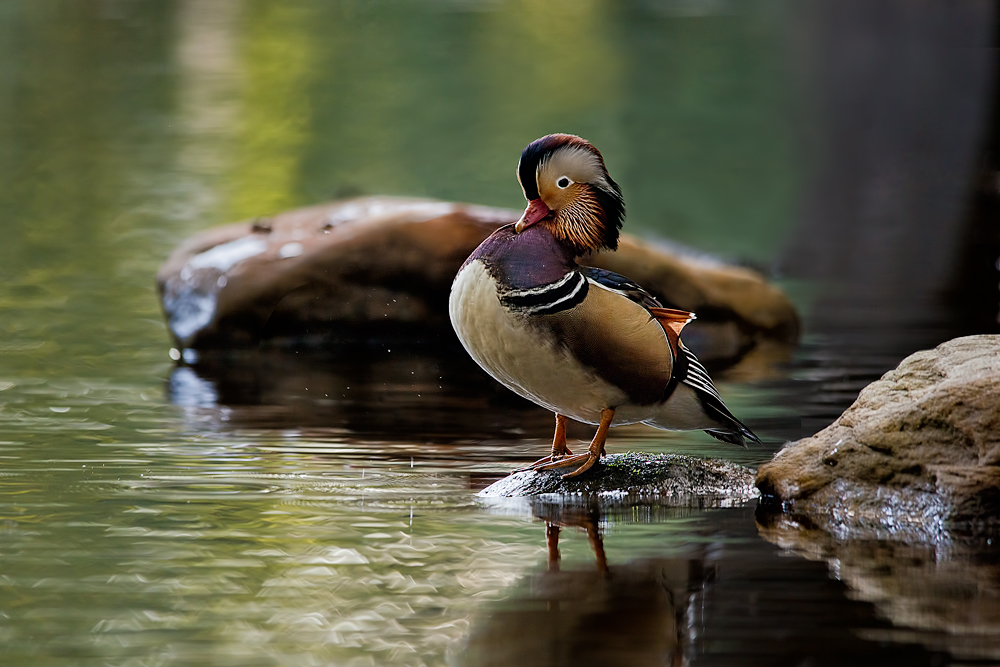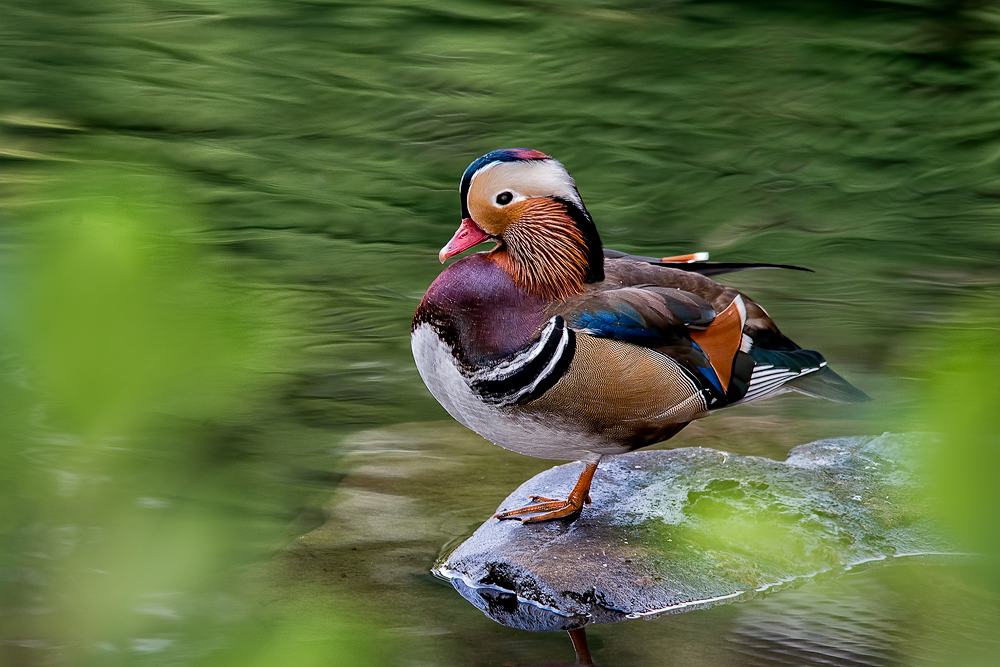Welcome to the first post on my website. It is taking a little time to figure out the workings of WordPress, so please be patient with me. I’ll be adding more images to the galleries and begin posting articles in the near future.
I just returned from the annual Western NC Foto Fest held in Montreat, NC. While I did enjoy the nature photography presentations, I was much more excited about the opportunities to do a little photography in the area. I spent one morning photographing the elk at Cataloochee Cove, about an hour and a half away in the Great Smoky Mountains National Park. On another morning I tried to capture a sunrise image at Pounding Mill Overlook on the Blue Ridge Parkway, but was shut out by clouds and fog. I also spent one morning and evening photographing the mandarin drakes at Lake Susan in Montreat. I was able to get some decent images of elk, but the best images I obtained were of the mandarin drakes. Two of my favorites are shared with you here.
I’m especially pleased with the mandarin images because of my interest in and ongoing project photographing wood ducks. The mandarin (Aix galericulata), an East Asian duck, is the closest relative to the North American wood duck (Aix sponsa). In fact they are the only two ducks in the genus Aix. They are both cavity-nesting ducks and the males are arguably the most beautiful waterfowl in the world. The males of the two species look quite different from one another, but the females are very similar in appearance and can be easily mistaken for one another. The mandarin is not native to North America, but there are several feral populations in the United States. The largest population is in Sonoma County, California, where several hundred mandarin ducks live and breed alongside our native wood duck. The mandarins of Sonoma County were the subject of a wonderful book by Lawton Shurtleff, The Wood Duck and the Mandarin: The Northern Wood Ducks. The book provides an excellent description of the biology, ecology, and conservation efforts for both species, and is illustrated with superb photographs by Carl Sams II, Steve and Dave Maslowski, Scott Nielsen and others. However the most appealing aspect of the book is the author’s obvious passion for the ducks, clearly evident as he recounts his own experiences watching the mandarin population grow from a single pair that appeared on his 2000 acre ranch in 1972 to several hundred in 1995.
The other most commonly mentioned feral population is around Black Mountain, NC. These were the ducks that I was photographing. I saw four males at Lake Susan, but unfortunately saw no females at all.


